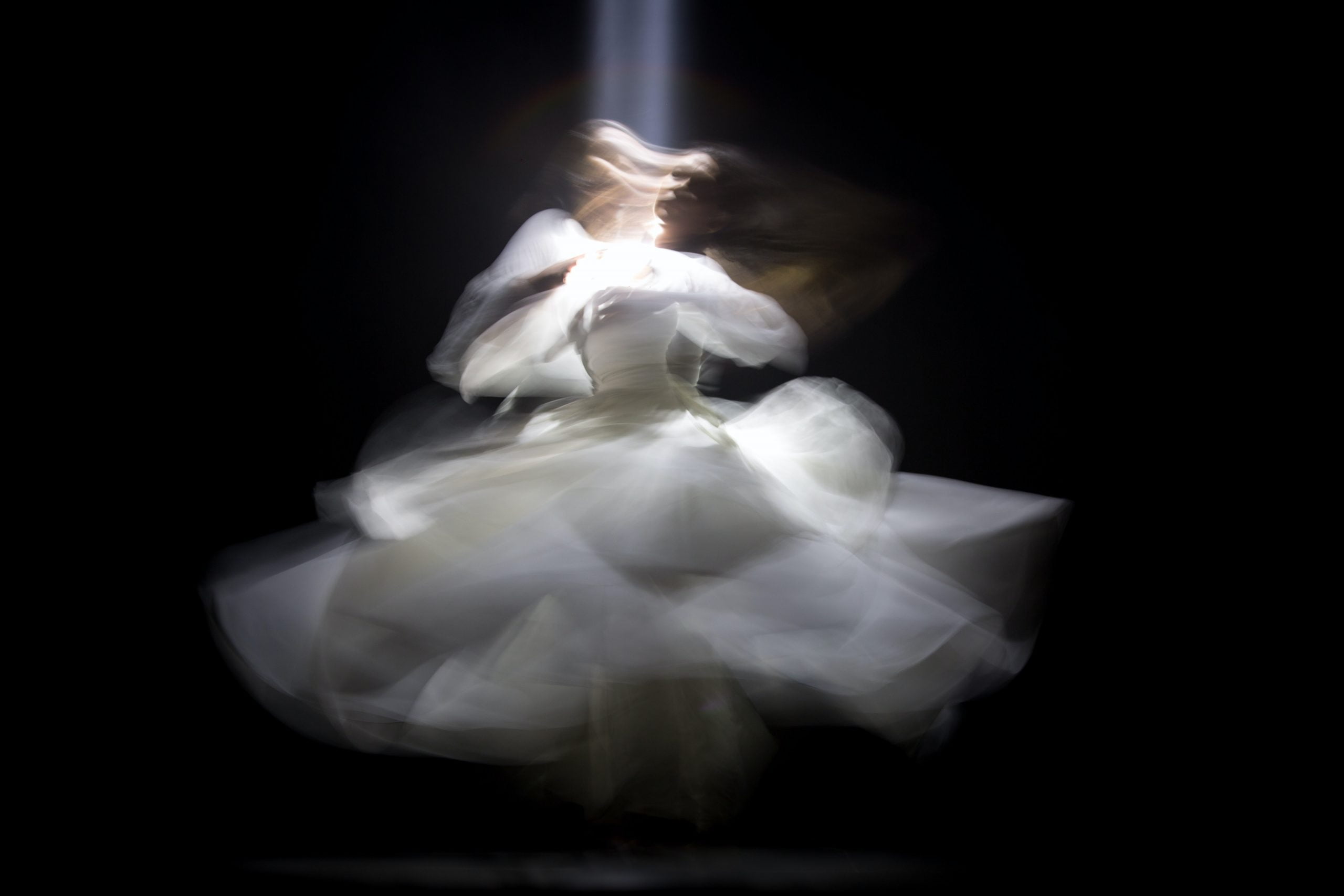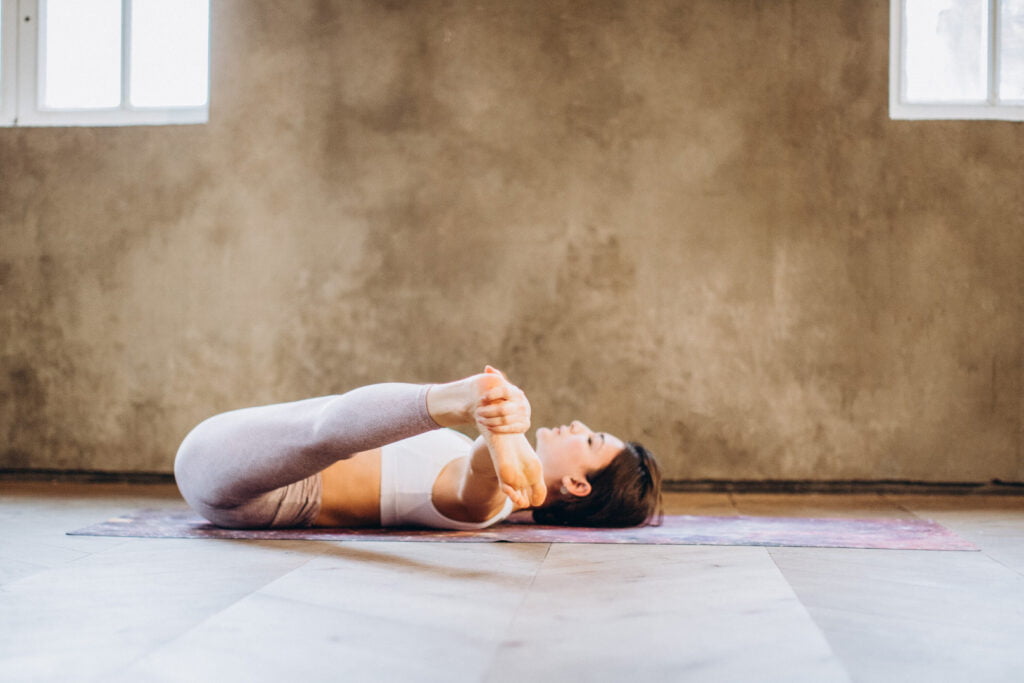How do you put into words something that cannot be explained in words? How to describe emotions and stories told with bodies? Is it possible to document something so ethereal and unique as music and movement on paper?
Expressing through dance is very different from expressing in words. Writing has been close to what the ecstasy of dance was for me, but the limitations of words sometimes drive me mad. Writing about dance analytically and critically but in a vivid, moving way is indeed a challenge.
I recently read an old review of Pina Bausch’s Rite of Spring by Vanessa Manko and was captivated by her writing. I realized only afterwards that I had been holding my breath while reading it. She writes: “- The same furtive, frantic, pulsating bodies; fists clasped in unison, clutched and drawn between legs; the crashing, shuttering falls to the ground; the stops and starts; the paralyzed fear.” In my mind, I saw images of dancers twisting and turning in panic on the muddy ground, their white dresses stained with dirt. It left me thinking, how would I dance if I knew I was going to die soon? It is a question I don’t have to face in reality, but nevertheless a current and timely one. With our wars, the refugee crisis, the climate crisis, it is a question that is not far from the reality of many.
I began to think about the role and importance of art, and specifically dance criticism. Much of today’s dance journalism ignores the dancer’s perspective and thus not only fails to convey a deep understanding of the dancer’s work and the culture of dance but fails to convey the experience and emotion that the audience recognizes and empathizes with. It can be something as universal as the fear of dying like in Bausch’s Rite of Spring. In many cases, dance criticism sees the piece as a detached work that is either successful or unsuccessful from one person’s perspective. Sometimes it seems that dance critics are not sufficiently aware of these multiple responsibilities and too often focus primarily on their opinion of the artist or the work. In doing so, they also rarely take into account other aspects that should be part of a strong critique. Art criticism should be accurate and descriptive, not judgmental and categorizing. A critic should aim to stimulate, to question, to reflect. Not judge, categorise, put down. Art criticism should be constructive, not destructive.
Contemporary art is strongly anchored in a broader social context. Some of my experiences as a ballet dancer showed me how ossified practices can hinder the development of art and its ability to keep up with the times. The world of dance must not be its own closed bubble, untouched by current issues.
Professional dance criticism is extremely important for the artform. It offers opinions and perspectives that benefit not just the artists but stimulate debate and inform the audience as well. It also serves as historical documentation, placing the piece in the artist’s canon and the wider context of the industry. Dance criticism provides visibility for the art form and promotes the status of artists by increasing recognition and acceptance of their work. It can play a significant role in strengthening the social significance of dance art.
By Suvi Honkanen




